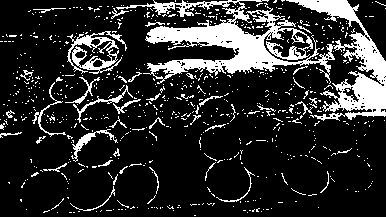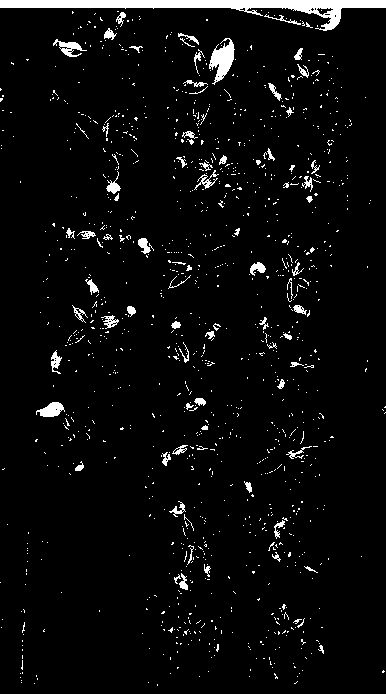Transplanting transition method of insectivorous plant tissue culture seedlings
A plant tissue culture and insectivorous technology, applied in botany equipment and methods, horticultural methods, planting substrates, etc., can solve the problems of manual work, heavy workload, and cost, achieve high transplanting survival rate, and shorten the growth period , The effect of simple management
- Summary
- Abstract
- Description
- Claims
- Application Information
AI Technical Summary
Problems solved by technology
Method used
Image
Examples
Embodiment 1
[0024] In the present invention, the most suitable time for transplanting carnivorous plants is from February to October every year. The sundew rooted seedlings cultivated in the cultivation room for 20 days are transferred to the greenhouse, and the seedlings are removed from the cultivation in a cool place without direct sunlight. Take it out from the bottle, shake off the medium, rinse the remaining medium under running water, soak it in 1000-1250ppm thiophanate-methyl or carbendazim for 10min, take it out, put it in a sieve with holes, and cover it with a damp cloth.
[0025] The cultivation medium is made of perlite and peat; the peat is non-fertilized peat with a particle size of 5mm, which can enhance the water retention capacity of the substrate, so that the root system grows well in the later stage; the perlite with a particle size of about 5mm can increase the porosity of the substrate. Enhances the breathability of the substrate.
[0026] The cultivation medium shou...
Embodiment 2
[0033] In the present invention, the most suitable time for transplanting carnivorous plants is from February to October every year. The rooted seedlings of Nepenthes cultivated in the cultivation room for 30 days are transferred to the greenhouse. Take it out, shake off the medium, rinse the remaining medium under running water, soak it in 1000-1250ppm thiophanate-methyl or carbendazim for 10min, take it out and put it in a sieve with holes, and cover it with a damp cloth.
[0034] The perlite used in the cultivation substrate is mixed with peat; the peat is non-fertilized peat with a particle size of 5mm, which can enhance the water retention capacity of the substrate, and the root system grows well in the later stage; the perlite with a particle size of about 5mm can increase the porosity of the substrate , enhance the air permeability of the matrix.
[0035] The cultivation medium should be mixed well with 1500-2000ppm mancozeb or chlorothalonil solution before use, and it...
PUM
| Property | Measurement | Unit |
|---|---|---|
| Particle size | aaaaa | aaaaa |
| Particle size | aaaaa | aaaaa |
| Particle size | aaaaa | aaaaa |
Abstract
Description
Claims
Application Information
 Login to View More
Login to View More - R&D
- Intellectual Property
- Life Sciences
- Materials
- Tech Scout
- Unparalleled Data Quality
- Higher Quality Content
- 60% Fewer Hallucinations
Browse by: Latest US Patents, China's latest patents, Technical Efficacy Thesaurus, Application Domain, Technology Topic, Popular Technical Reports.
© 2025 PatSnap. All rights reserved.Legal|Privacy policy|Modern Slavery Act Transparency Statement|Sitemap|About US| Contact US: help@patsnap.com



